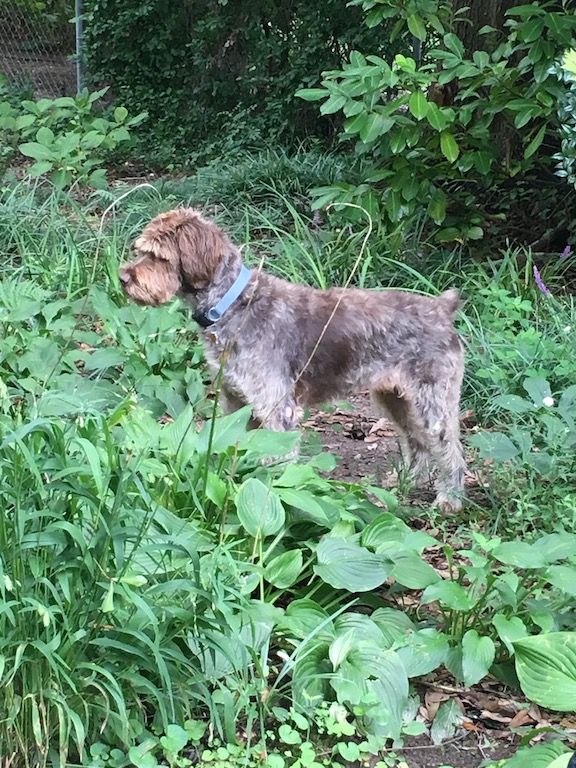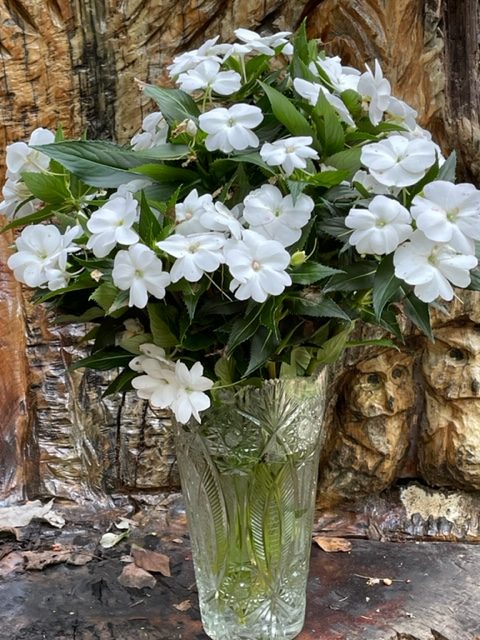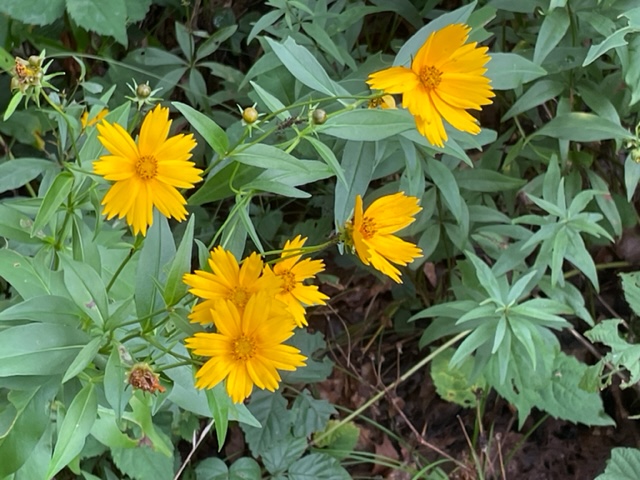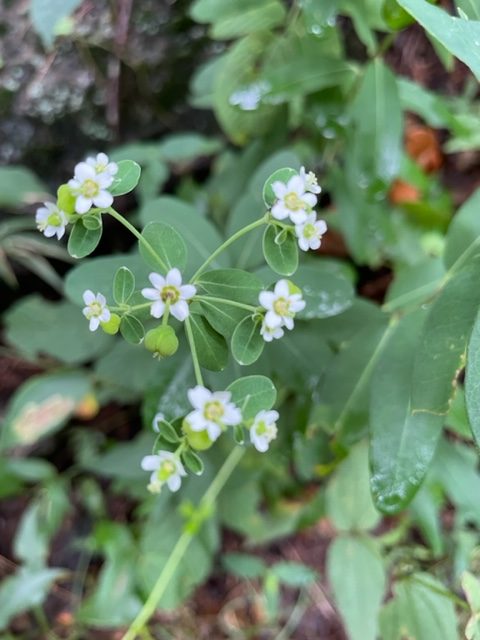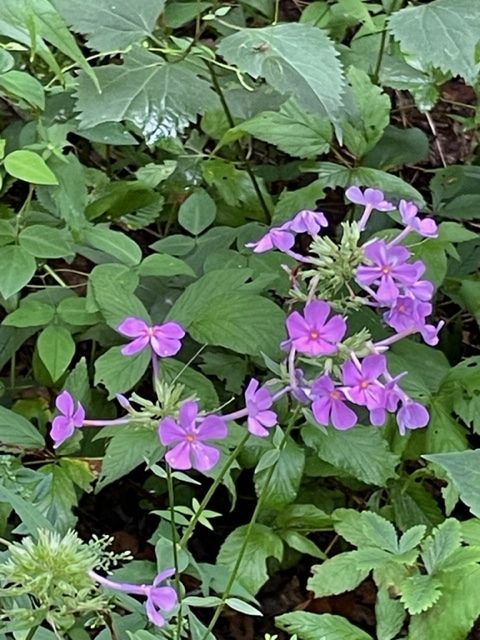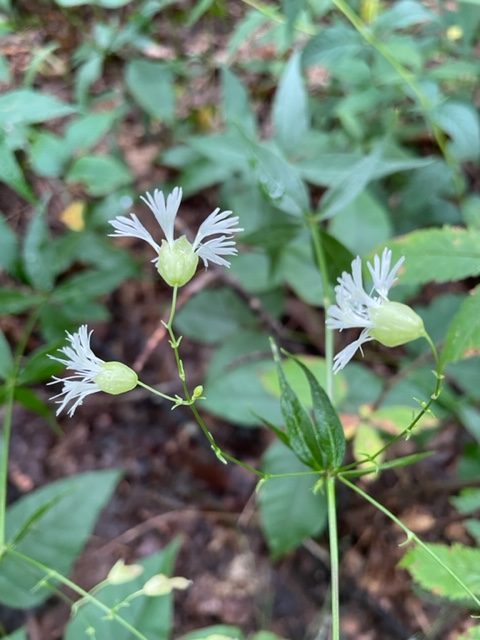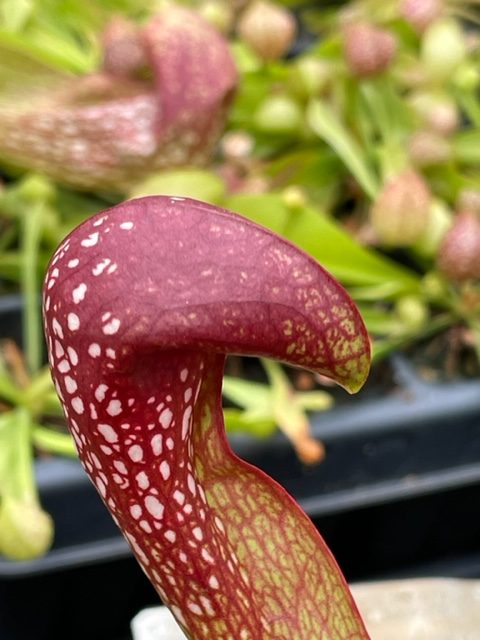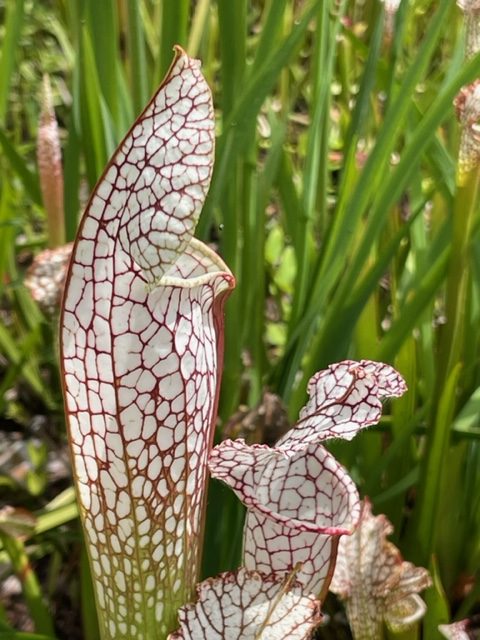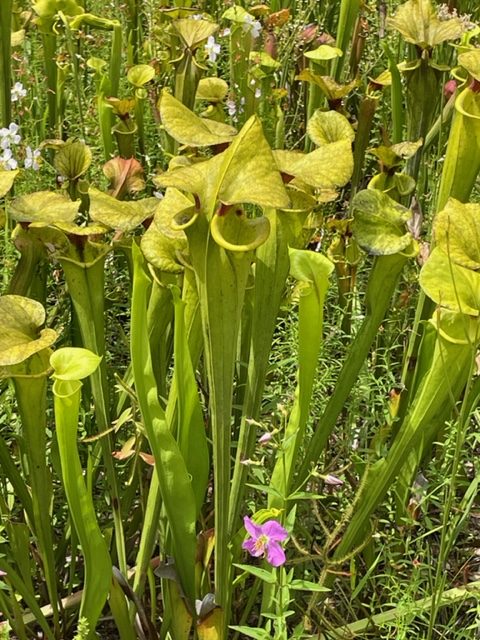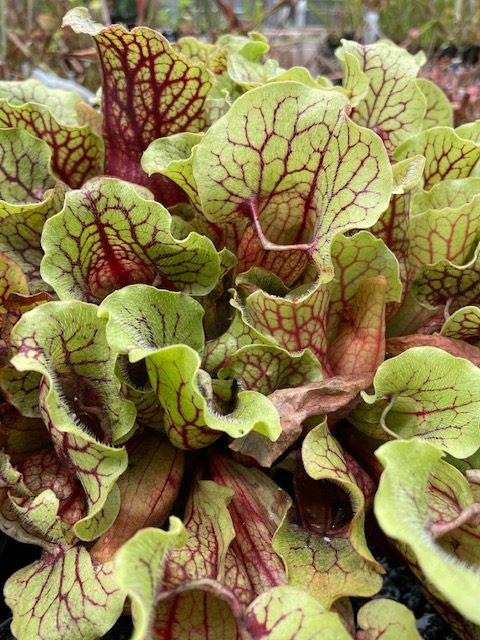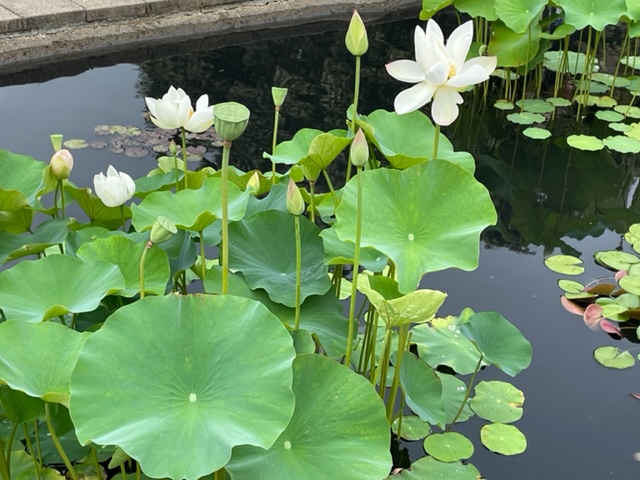In my seemingly never ending quest to do something about climate change I decided that the first thing I needed to do was to get my own house in order, to drastically reduce my carbon footprint and maybe even have a positive impact on the environment with the wise use of the land that I care for.
To this end, I decided to first tackle the obvious – the men who help care for our yard the “mow and blow” guys still use gas powered equipment. Because we’re in the height of the leaf season, it only made sense to begin with the leaf blowers.
I have a small electric leaf blower with a looooong cord. Perfect!
When my 6 foot 230 pound yard man, Daht, pulled up two weeks ago, I was ready! I ran outside to greet him. I picked up my little lime green blower with the loooong cord. “Could you use this instead? It’ll save you gas!” I smiled brightly.
He took it from me and literally laughed out loud. It looked like a toy in his big hands. “No. Too long,” he said in his limited English.
“Oh no!” I said, still brightly, “I have a loooong cord. It’ll go all the way to the back.”
He laughed again and said, “Take too long. One hour. Two.”
Hmmm, I said not so brightly. “Could you at least use it on the driveway? And if I get a larger electric machine, will you use that?”
Hmmmm, he said, also not so brightly, “Maybe.”
And so we left it, neither of us entirely happy. But not entirely unhappy either.
I knew that if he wouldn’t use a small leaf blower, he certainly wasn’t going to use a rake. It occurred to me (briefly) that maybe I would just take care of the mowing and blowing myself but it’s a large property and I really love using my gardening time for more than routine maintenance.
My next thought was just to leave the leaves on the large, mossy back yard. But frankly, I like the look of a freshly blown yard. It looks neat and cared for. I am adamant about leaving the leaves under trees and in the flower beds, but not so much on the open lawns. In doing more research, I discovered that moss covered areas are wonderful carbon traps, storing more carbon than even mature trees. Wahoo!!!!
A little more reading informed me that you have to keep leaves off moss or they will smother and kill it. Not so wahoo.
I looked at electric leaf blowers and there are a multitude available, from little ones like my old one to the Ryobi 40 volt model that I chose. Electric blowers, like electric cars, seem to provide a solution to taking care of our environment but still doing the things we love to do – taking car trips and removing leaves from the mossy lawn. And they’re quiet!!
I’ll have to admit it wasn’t a seamless transition. Last week I tried out my new blower, happily (and oh so quietly!) blowing leaves off the moss. I only used it about a half hour and then set it out for Daht, who came a few days later. He only used it five minutes before the battery died. WHAT?? The battery is supposed to last four hours. Is it a faulty battery? Does it need to be freshly charged every time you use it? Okay, I can do that. I can have it ready and fully charged.
So, especially those of you who live in neighborhoods, what do you do about leaf blowers? Does your neighborhood have a noise ordinance that prohibits gas powered blowers? Do you rake? If you have an electric blower, which one do you use? How long does YOUR battery last? Please share your experience!
Onward…….



